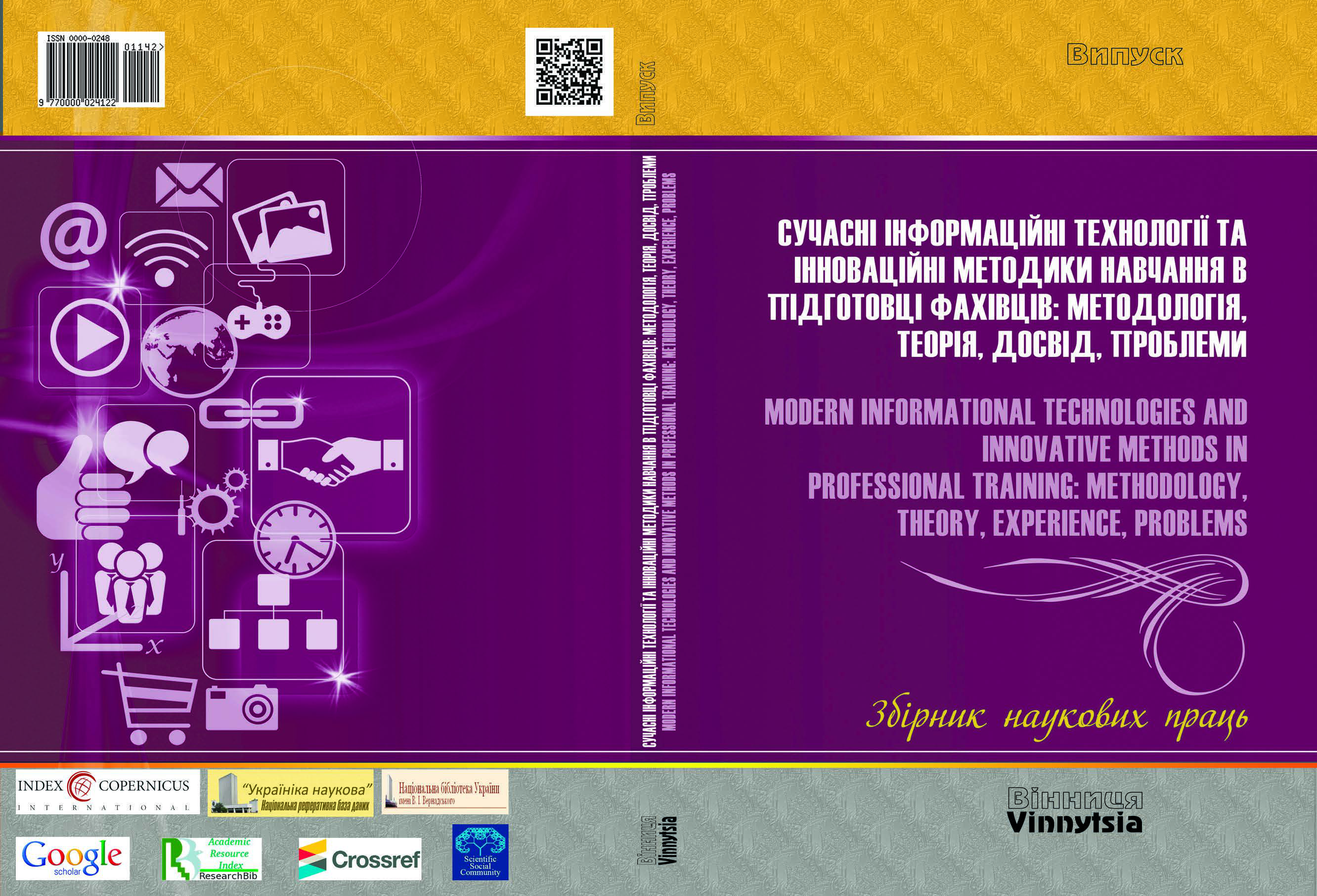TRENDS IN THE DEVELOPMENT OF DISTANCE LEARNING TECHNOLOGIES
DOI:
https://doi.org/10.31652/2412-1142-2024-73-143-151Słowa kluczowe:
higher education; adaptability; interaction of exogenous factors; military actions; distance and online learning; environmental changes; crisis situations; education technologies, variable educationAbstrakt
The article analyses the peculiarities of the introduction of distance education in Ukraine and the prospects for its development in the national educational space. The methodological features of the introduction of distance education in the context of the competence approach are considered. The object of research is the development of distance education in Ukraine. The article examines global trends in the development of the world education system, analyses the main milestones in the introduction of distance and blended education, identifies key stakeholders in distance learning and their goals, and focuses on the need to develop new didactic tools, in particular, smart technologies and smart manuals for an effective distance learning system. It is proposed to start this work with the development of the concept of a smart textbook and the design of relevant training blocks. It is explained that in the modern world this is impossible without continuous professional development, because everything around us is constantly improving and scientific and technological progress is constantly moving forward. And the same technology, on the one hand, guarantees quality training with the participation of top-level professional teachers, on the other hand, adjusts the teaching methodology depending on the level of students' training and their psychological characteristics revealed in previous tests. third, the correction of teaching methods. Learning takes place at home, on a computer, at a time convenient for the student. It has been determined that distance education is the technology of the future. It can be used in any educational system to fulfil a wide range of educational, training, upbringing and personal tasks. For this reason, new achievements in distance education need to be developed and implemented. It is even possible that in the future this technology will replace existing schools, universities and other educational institutions. The following methods were used in this study: theoretical analysis of educational and methodological literature on the organisation of distance learning and the use of smart technologies to improve the efficiency of the educational process.
Pobrania
Bibliografia
Горбатюк,О., Поліщук,С. (2022). Особливості функціонування закладів вищої освіти під час війни: очна та дистанційна форми освіти, їх ключові переваги та недоліки. Сучасні інформаційні технології та інноваційні методики навчання впідготовці фахівців: методологія, теорія, досвід, проблеми, 66, 5–13. https://doi.org/10.31652/2412-1142-2022-66-5-13 DOI: https://doi.org/10.31652/2412-1142-2022-66-5-13
Крамаренко,І., Корнішева,Т., Сілютіна,І. (2022). Адаптація дистанційного навчання увищій школі до умов воєнного стану. Перспективи та інновації науки, 4(9), 192–205. https://doi.org/10.52058/2786-4952- 2022-4(9)-192-205 DOI: https://doi.org/10.52058/2786-4952-2022-4(9)-192-205
Кричківська, О., Білоус, І., Дем›янюк, А. (2022). Дистанційна освіта в надзвичайних умовах та кризових ситуаціях. Перспективи та інновації науки, 8(13), 99–108. https://doi.org/10.52058/2786-4952-2022-8(13)- 99-108 DOI: https://doi.org/10.52058/2786-4952-2022-8(13)-99-108
Aretio,G.L. (2021). COVID-19 y educación a distancia digital: preconfinamiento, confinamiento y posconfinamiento. RIED-Revista Iberoamericana de Educación a Distancia, 24(1), 9–32. https://www.redalyc.org/articulo.oa?id=331464460001 DOI: https://doi.org/10.5944/ried.24.1.28080
Gamage,K.A.A., Pradeep,R.G.G.R., Najdanovic-Visak,V., &Gunawardhana,N. (2020). Academic Standards and Quality Assurance: The Impact of COVID-19 on University Degree Programs. Sustainability, 12(23), Article 10032. https://doi.org/10.3390/su122310032 DOI: https://doi.org/10.3390/su122310032
Salama,R., &Hinton,T. (2023). Online higher education: current landscape and future trends. Journal of Further and Higher Education, 47(7), 913–924. https://doi.org/10.1080/0309877X.2023.2200136 DOI: https://doi.org/10.1080/0309877X.2023.2200136
Torun,D.E. (2020). Online Distance Learning in Higher Education: E-learning Readiness as a Predictor of Academic Achievement. Open Praxis, 12(2), 191–208. https://dx.doi.org/10.5944/openpraxis.12.2.1092 DOI: https://doi.org/10.5944/openpraxis.12.2.1092
Turan,Z., Kucuk,S., &Karabey,S.C. (2022). The university students’ self-regulated effort, flexibility and satisfaction in distance education. International Journal of Educational Technology in Higher Education, 19, 35 https://doi.org/10.1186/s41239-022-00342-w DOI: https://doi.org/10.1186/s41239-022-00342-w
Pobrania
Opublikowane
Numer
Dział
Licencja
Prawa autorskie (c) 2024 Ірина Проценко, Наталія Кузьменко

Utwór dostępny jest na licencji Creative Commons Uznanie autorstwa 4.0 Międzynarodowe.





